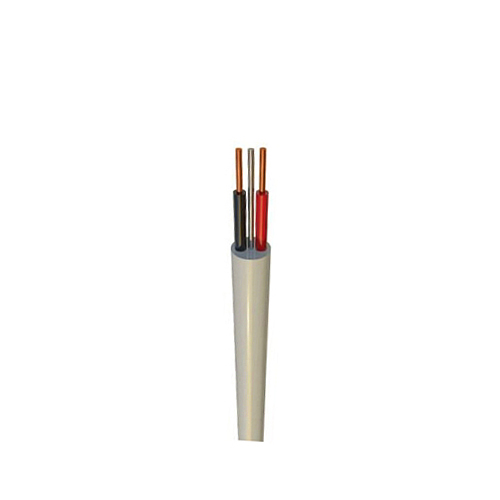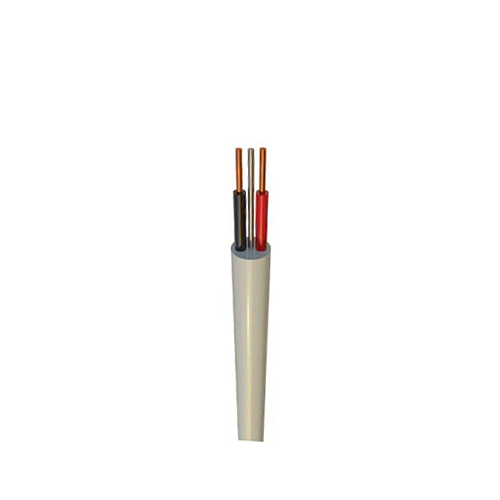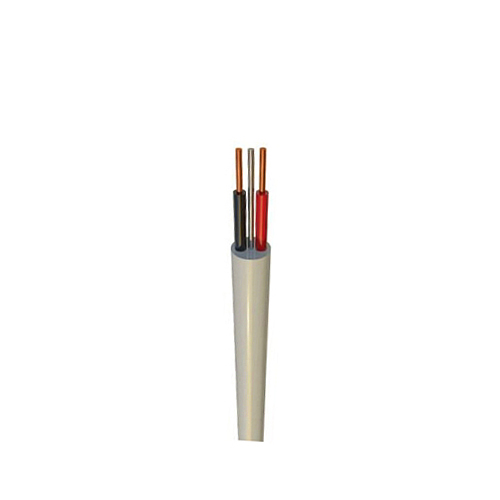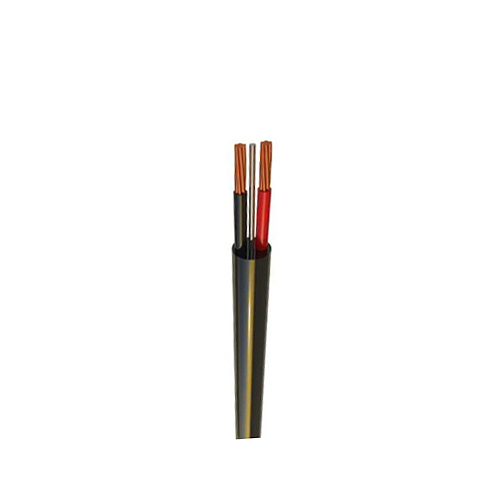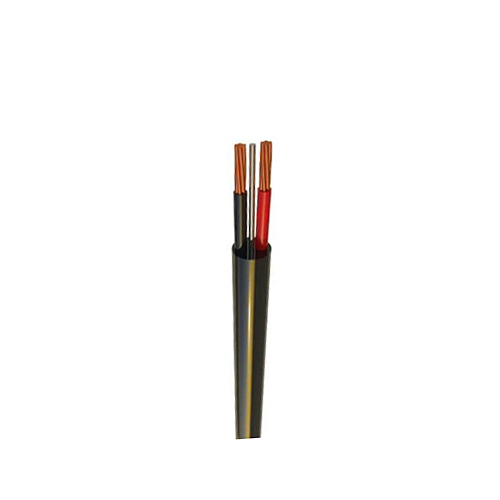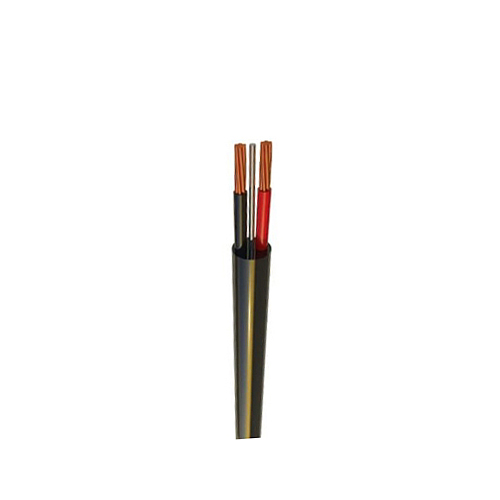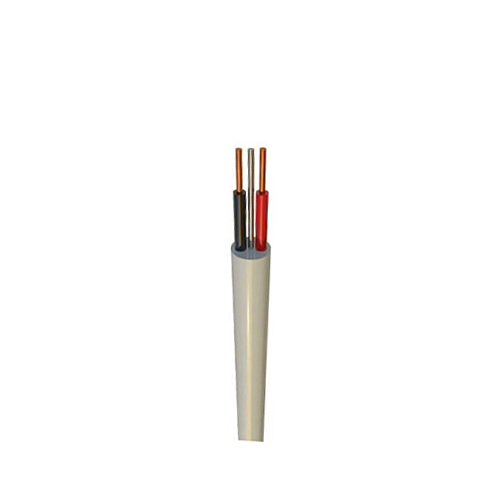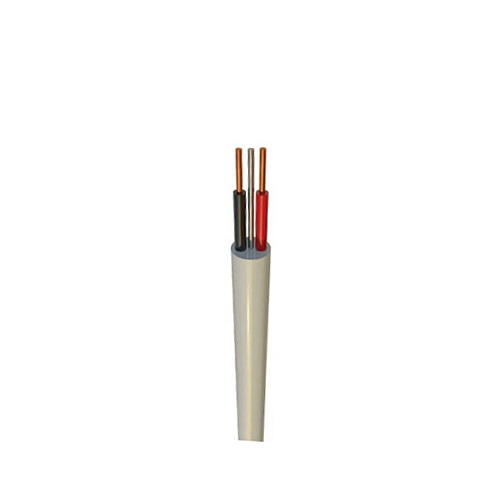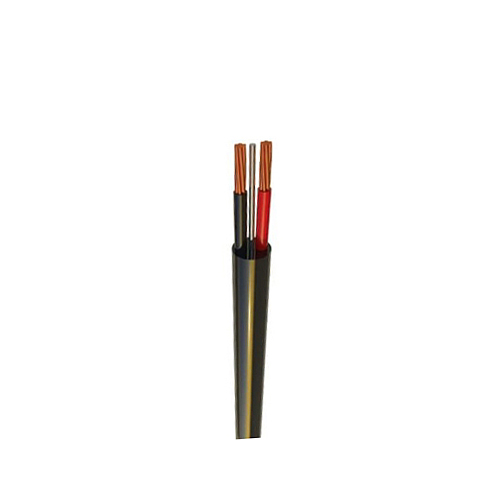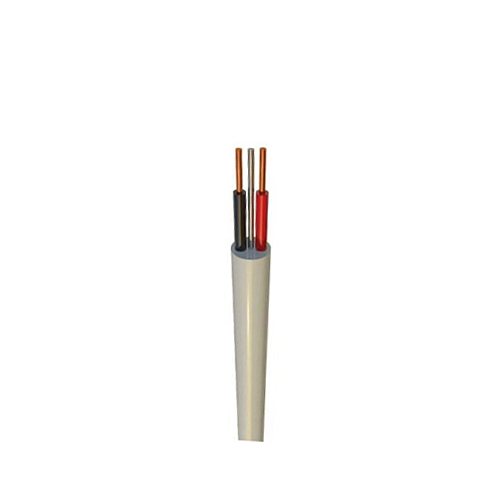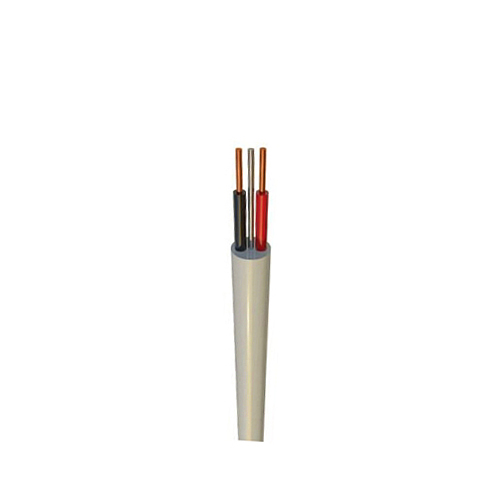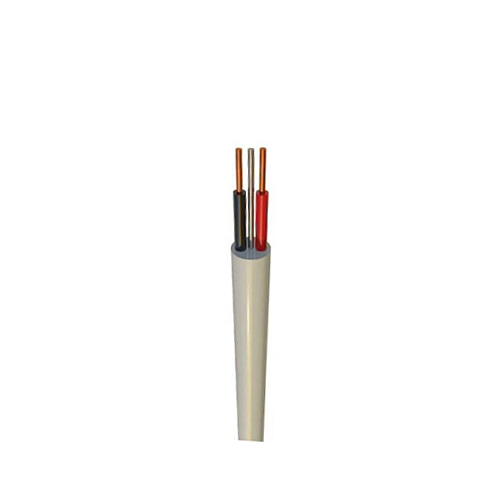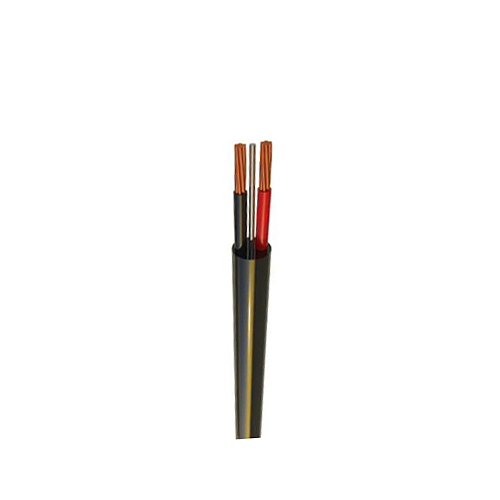Surfix vs Flat Twin and Earth – Which Cable is Right for South African Homes?
Why the Cable Choice Matters
When wiring a home or small business in South Africa, two of the most common fixed wiring cables are Surfix (sometimes called Norsk) and Flat Twin and Earth. Both are flat, multi-core cables that appear similar at first glance, but they are designed for slightly different applications. Choosing the correct one ensures safety, performance, and compliance with the national wiring code, SANS 10142.
What is Surfix Cable?
Surfix is a rigid, flat cable used mainly for fixed electrical installations.
-
Solid copper cores (non-stranded)
-
PVC insulation around each conductor
-
Flat PVC outer sheath
-
Includes live, neutral, and a bare copper earth conductor
-
Typically run inside walls, ceilings, or conduit
What is Flat Twin and Earth Cable?
Flat Twin and Earth is another fixed installation cable, but with a slightly different design.
-
Flat, solid copper conductors
-
PVC insulation on live and neutral wires
-
Sleeved or insulated earth conductor (instead of bare)
-
Widely used in residential plug and lighting circuits
-
Long-established in traditional South African wiring
Key Differences Between Surfix and Flat Twin and Earth
-
Earth conductor: Surfix uses bare copper; Flat Twin and Earth has a sleeved earth
-
Typical use: Surfix is often chosen for geysers, stoves, and DB board connections; Flat Twin and Earth is common for plugs and lighting
-
Outdoor use: Neither should be left exposed. Both must be installed inside UV-rated conduit when used outdoors
-
Availability: Surfix is more widely available in modern retail, but both are still stocked
Which One Should You Use?
Both cables are SANS-compliant when installed correctly. The choice usually depends on:
-
The application (Surfix for high-load appliances, Flat Twin and Earth for general circuits)
-
Electrician preference and experience
-
Stock availability at suppliers
For most homeowners, the decision is best left to a registered electrician.
Common Mistakes to Avoid
-
Using Surfix or Flat Twin and Earth exposed to direct sunlight
-
Running undersized cables for high loads
-
DIY installations without a Certificate of Compliance
-
Confusing flexible cables like cabtyre with fixed wiring cables
FAQs
Can Surfix cable be used outdoors?
Yes, but only if installed inside UV-rated conduit.
Is Flat Twin and Earth still allowed in South Africa?
Yes. Both Surfix and Flat Twin and Earth are legal under SANS 10142.
Which is safer?
Both are safe if installed correctly. Safety depends on installation, not just cable type.
Which is cheaper?
Prices vary by copper market conditions, but both are considered affordable fixed wiring options.
Choosing the Right Cable with Lite-Glo
At Lite-Glo, we stock Surfix and Flat Twin and Earth cables in a wide range of sizes and lengths. Whether you are wiring a new home, upgrading circuits, or supplying appliances, you can order online for fast delivery or in-store pickup.
[Carousel Placeholder: Surfix Cable | Flat Twin and Earth Cable]
Shop Surfix Cable – Per Meter
Shop Surfix Cable – 100M Rolls
Shop Flat Twin & Earth Cable – Per Meter
Shop Flat Twin & Earth Cable – 100M Rolls
⚠️ Safety & Compliance Notice
All electrical installations in South Africa must comply with SANS 10142-1 (Wiring Code) and the Occupational Health & Safety Act. Work must be carried out by a qualified, registered electrician.
This article is for general educational purposes only. It does not replace professional advice, and Lite-Glo accepts no liability for how this information is used. Always obtain a valid Certificate of Compliance (CoC) for any electrical work.
Need Assistance?
📧 [email protected]
📞 011 781 3100
💬 WhatsApp: 060 322 9674



